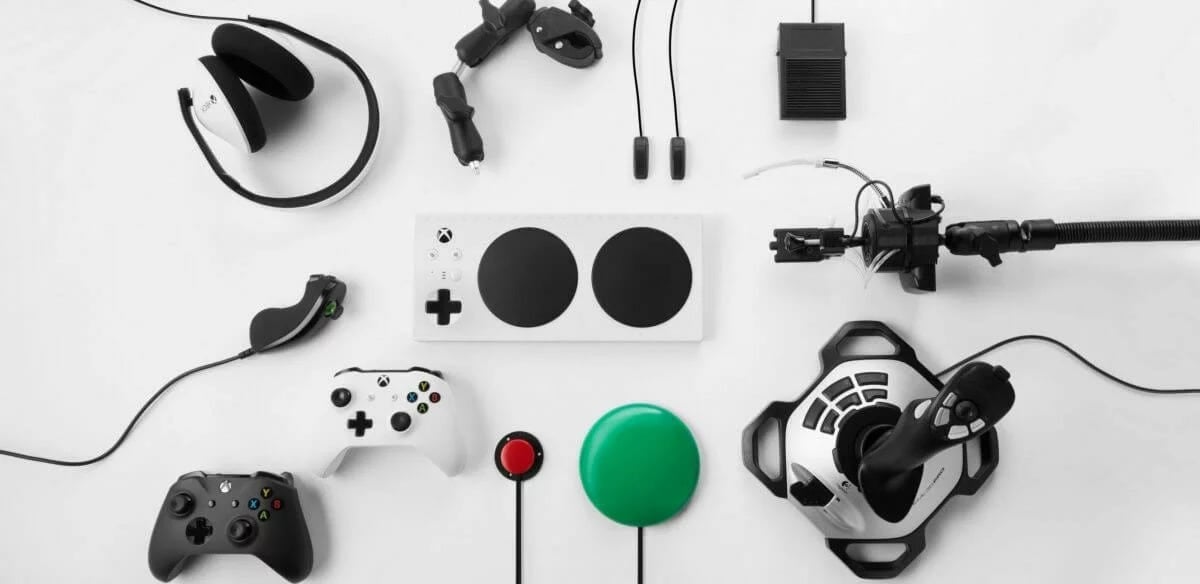We’ve all been there: struggling to read tiny on-screen text, getting frustrated by hard-to-hear audio cues, or finding a game’s controls a bit too fiddly. So, what is gaming accessibility, really? At its core, it’s about removing these kinds of hurdles so everyone can enjoy playing. Now, imagine if these barriers kept you from playing at all. That’s why gaming accessibility is so important. Opening up digital worlds for everyone, including people with disabilities, means more joy, more friendships, and richer experiences for millions. Let’s step through how far the industry has come, what’s working, and where we all can ask for more.
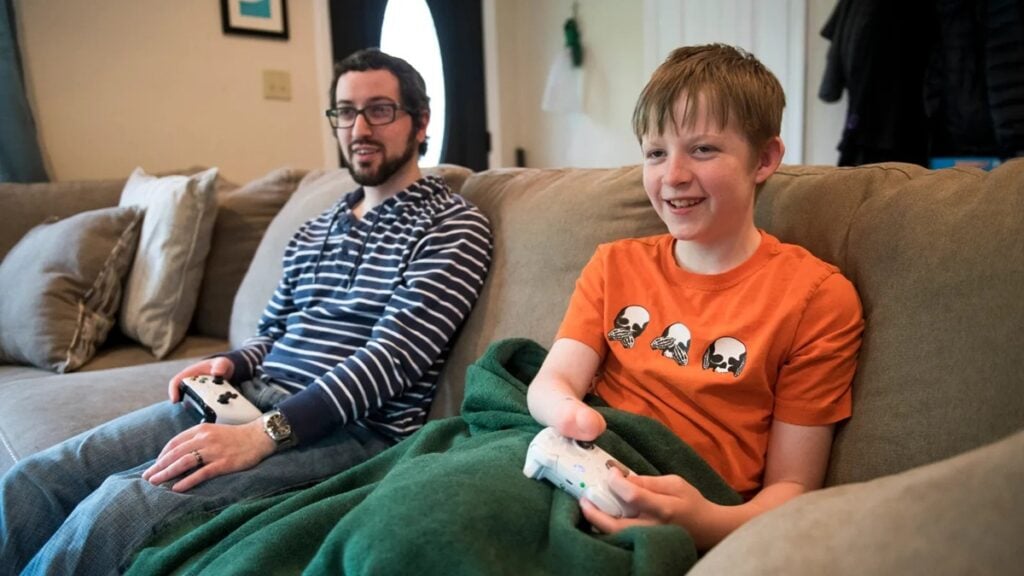
What Is Gaming Accessibility?
At its heart, gaming accessibility is about removing unnecessary barriers. Whether players are blind, deaf, have limited mobility, or face cognitive challenges, accessibility makes fun possible for all. It isn’t just about a single feature, but a mindset: if we make games more customizable and flexible, everyone benefits, from new players to seasoned pros.
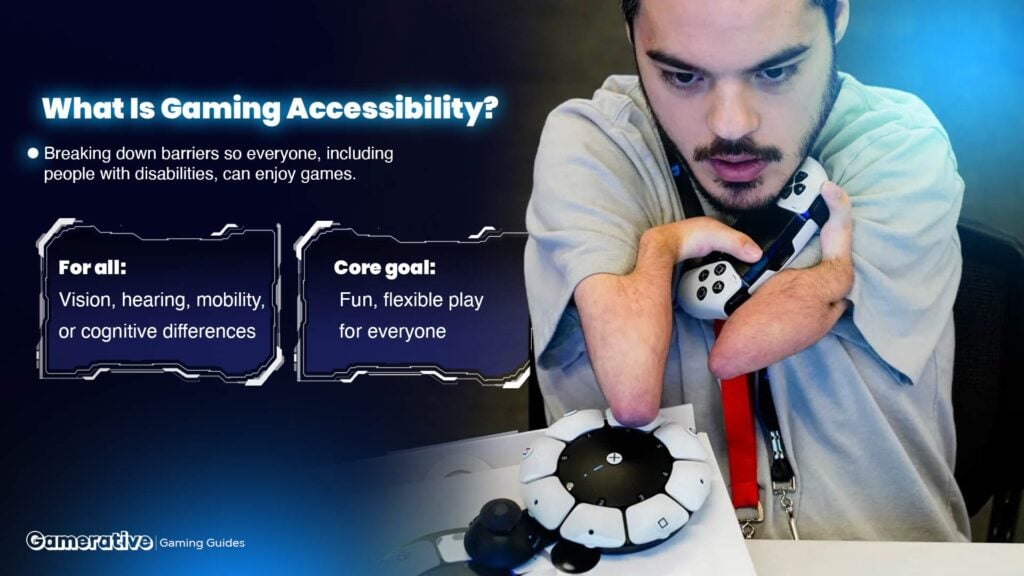
A well-designed accessible game isn’t just easier for some; it’s better for everyone. Many developers now also refer to community-driven resources like the Game Accessibility Guidelines to help create inclusive experiences.
Core Accessibility Features in Modern Games
Today’s top games come loaded with options that were rare just a decade ago. Subtitles and closed captions let us follow stories even with the volume off. Colorblind modes mean no one has to squint through confusing greens or reds. Remappable controls allow anyone to set up the perfect button layout. Adjustable difficulty, bigger text, high-contrast UI, and screen readers or audio narration help every player keep pace. Visual/auditory cues take the guesswork out of key moments, whether dodging an attack or finding a lost item. These features help define “what is gaming accessibility”: a commitment to making games welcoming and playable for everyone, regardless of ability.
Many gaming platforms, like Xbox and PlayStation, have also introduced system-level accessibility features, including screen readers and text-to-speech, complementing in-game options.
Having seen friends and family light up when trying these features, we know how big of a difference they make.
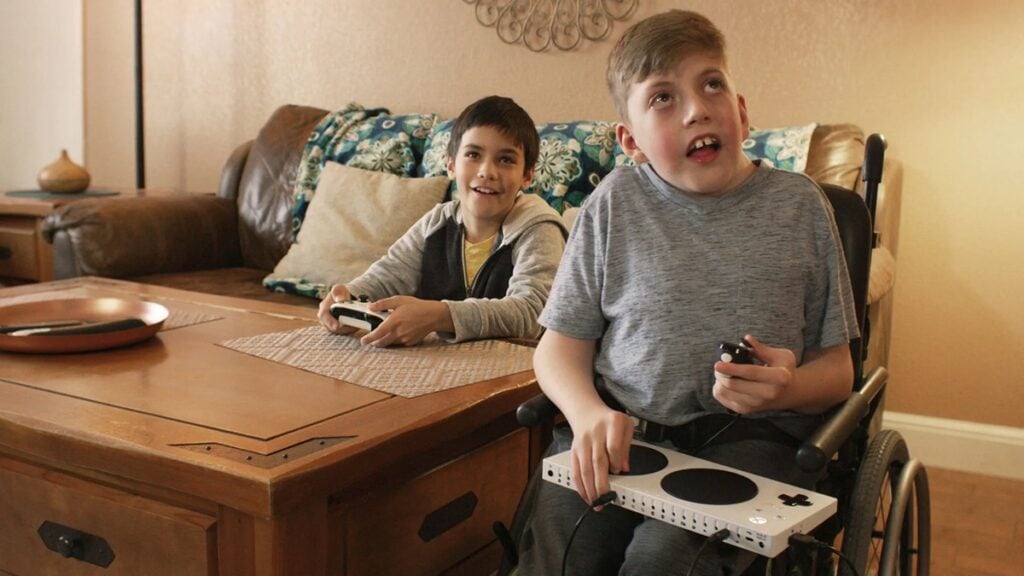
Breakthrough Advances and Innovations
Some games and devices have truly set new standards. When The Last of Us Part II arrived, it blew many of us away with over 60 customizable accessibility features, like high-contrast modes and one-finger control setups. Forza Horizon 5 introduced sign language interpreters right into cinematic cutscenes, making story moments available for deaf and hard-of-hearing players. The Xbox Adaptive Controller opened possibilities for gamers with physical disabilities, letting them build their own custom setups.
These aren’t just boxes checked; they’re signals that gaming is becoming more welcoming by design.
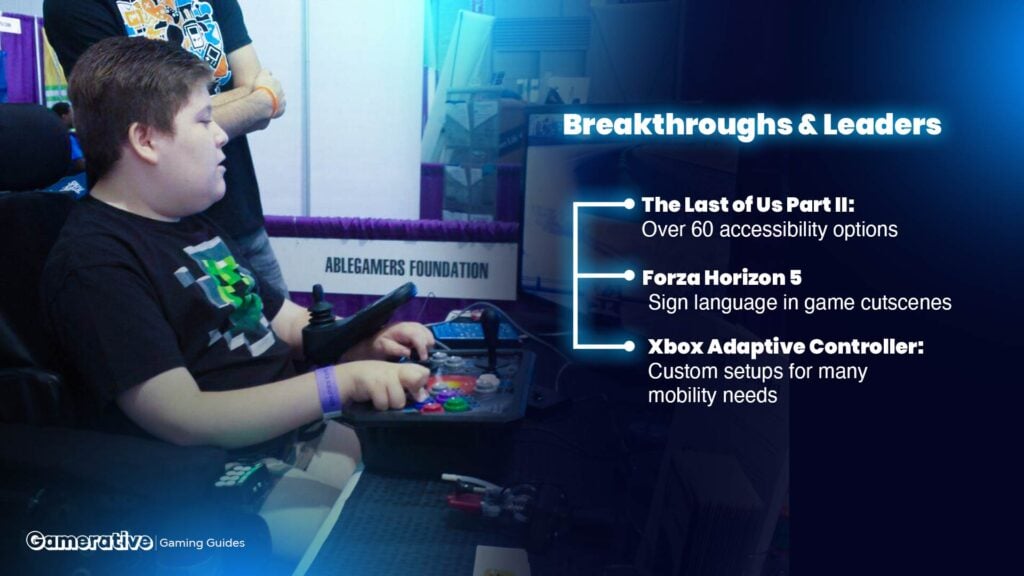
Involving the Community: Consultation and Feedback
We used to see studios guess what is gaming accessibility means. These days, it’s common and crucial for developers to reach out directly to disabled gamers. Games now go through open betas where feedback loops shape the very options players need. Advisory boards, online surveys, and even Twitter threads are helping bridge the gap between theory and real-world play.
This shift makes things feel more personal. It means when a new game lands, it genuinely feels built with us, not for us.
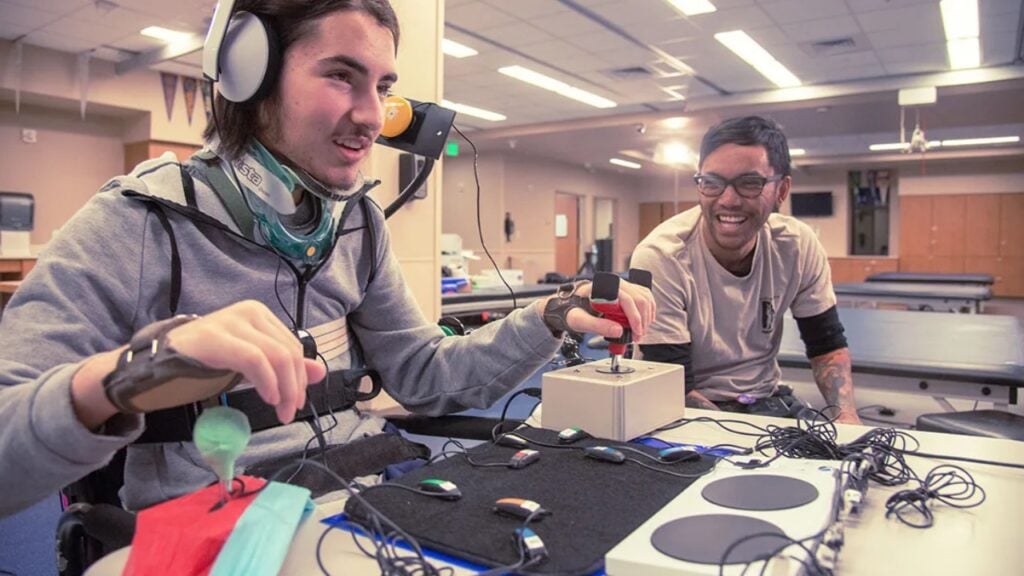
Ongoing Challenges and Areas for Growth
Not every studio has the resources of a blockbuster team, so some accessibility features appear inconsistently. Global language support and edge-case disabilities can still fall through the cracks. Sometimes, even huge franchises release games without basic improvements, leaving players disappointed or excluded. We’ve noticed plenty of room to push harder, especially as technology evolves and expectations grow.
But every year, progress gets less about “if” and more about “how much farther can we go?”
Summing Up: Toward Truly Inclusive Play
From subtitles to adaptive controllers, we’ve watched gaming transform into a place where everyone can play their way. Understanding “what is gaming accessibility” has helped the industry push forward on this journey; there are still bumps in the road, but progress is undeniable. Supporting accessibility isn’t just about helping others; it’s about making better, richer games for us all. Which accessible feature do you use, or wish every game had? Share your thoughts; we’re building a gamer community that never leaves anyone behind.
Learn about the inside out of video games world and industry via Gamerative.
FAQs: Gaming Accessibility
1. Are there awards for games with excellent accessibility?
Yes! Prestigious events like The Game Awards now have dedicated categories celebrating accessibility innovation and inclusive design.
2. Can accessibility features affect a game’s competitiveness or leaderboards?
Some features, like aim assist or slowdown, may be disabled in competitive multiplayer to keep things fair, but are always available for solo or co-op play.
3. How can someone without a disability help promote accessibility in gaming?
Support accessible games, share feedback with developers, and champion inclusive features among friends; it all adds up to louder collective voices.
4. Do accessibility features ever get added to older games after launch?
Yes, studios sometimes patch in new accessibility features based on community feedback, even years after release.

